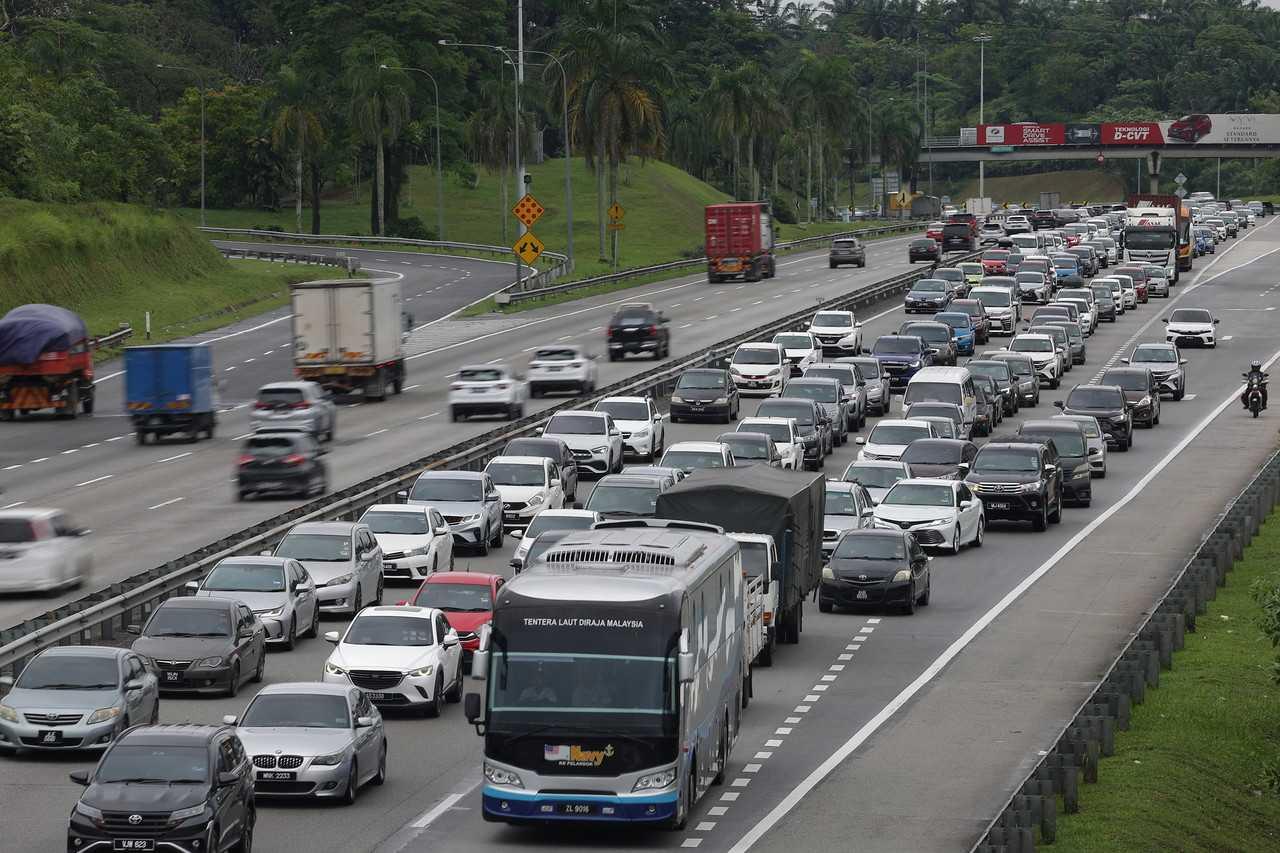EV charging station congestion: Time for Putrajaya to embrace hydrogen
By implementing this change, Putrajaya will be able to continue to be a pioneer in environmentally friendly transportation while simultaneously lowering the influence that it has on the surrounding environment.
Just In
Putrajaya is the city that serves as the administrative capital of Malaysia. Putrajaya is a city that is well known for its contemporary infrastructure as well as its efforts to promote sustainable development.
It is time for Putrajaya to examine hydrogen fuel cells as an alternate mode of transportation, given the issues posed by traffic congestion generated by electric vehicle (EV) charging stations across the nation.
The issue of traffic congestion brought on by EV charging stations is one of the primary reasons for this situation throughout the recent Chinese New Year vacation. This was because a large number of drivers were required to wait in lengthy queues in order to charge their vehicles.
This illustrates the limitations of electric transportation, as it can add to traffic congestion and is dependent on a limited number of charging stations.
In addition, the national power company, Tenaga Nasional Bhd, faces a formidable challenge in modernising its infrastructure to accommodate the growing number of EVs, particularly in terms of ensuring that sufficient current is available for charging stations in high-rise buildings, highly populated areas, and crowded shopping malls.
The technology known as hydrogen fuel cells provides a solution to these problems. Buses and cars that employ hydrogen fuel cells can get their power from hydrogen fuel, which can be manufactured and stored locally, doing away with the requirement for charging stations.
In addition, hydrogen fuel cell vehicles have a far longer range than battery EVs, which means they can operate for longer stretches of time without needing to be refuelled. This advantage gives them a competitive advantage over battery EVs.
Traditional automobiles run on gasoline or diesel, while hydrogen fuel cell vehicles produce only water vapour as a byproduct of their operation. This makes hydrogen fuel cell vehicles a significantly cleaner and more ecologically friendly alternative to these other types of vehicles.
This is of utmost significance for Putrajaya, as the city has made a commitment to lessening its impact on the environment and fostering sustainable growth.
Additionally, hydrogen fuel cell vehicles are more efficient than conventional vehicles and have the potential to dramatically lower the amount of fuel used as well as the expenses associated with their operation.
This will help Putrajaya reduce its carbon footprint, contributing to the reduction of greenhouse gas emissions and also supporting the country's endeavour to achieve the targets established by the Paris Agreement.
Instead of depending solely on EVs, the government of Sarawak has already shown support for hydrogen transportation as an additional option to consider.
It is now time for the federal government to follow in the footsteps of the state governments and permit the importation of hydrogen-powered vehicles into the Malaysian market. This will not only make more options available to consumers, but it will also provide new job opportunities and encourage the expansion of the hydrogen industry throughout the country.
In conclusion, making the switch to vehicles powered by hydrogen fuel cells would be an astute step for the Putrajaya government to make.
The recent Chinese New Year holiday highlighted the limitations of electric transportation, and hydrogen fuel cell vehicles offer several advantages over traditional vehicles, including the ability to be powered on-site, a longer range, and zero emissions.
The recent traffic congestion caused by EV charging stations during the holiday highlights the limitations of electric transportation.
In addition, hydrogen fuel cell vehicles have a higher efficiency, which results in a decreased need for fuel and lower overall operating expenses.
By implementing this change, Putrajaya will be able to continue to be a pioneer in environmentally friendly transportation while simultaneously lowering the influence that it has on the surrounding environment.
The views expressed in this article are those of the author(s) and do not necessarily reflect the position of MalaysiaNow.
Subscribe to our newsletter
To be updated with all the latest news and analyses daily.
Most Read
No articles found.
